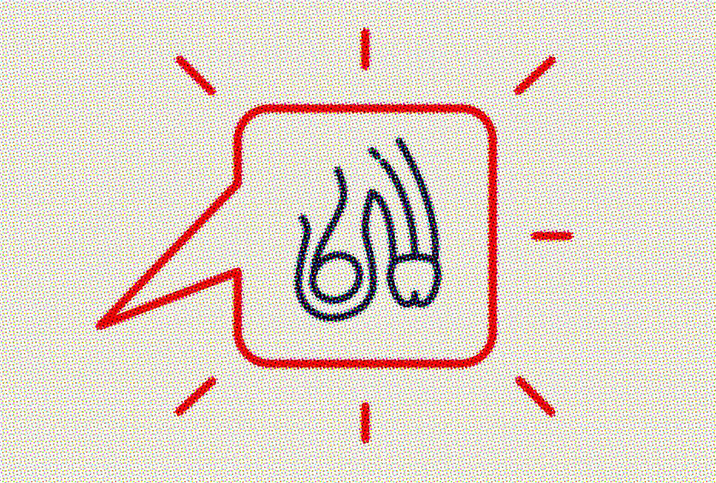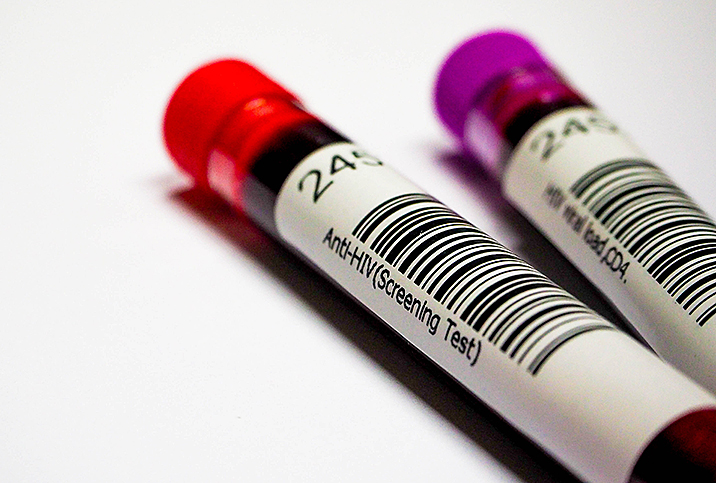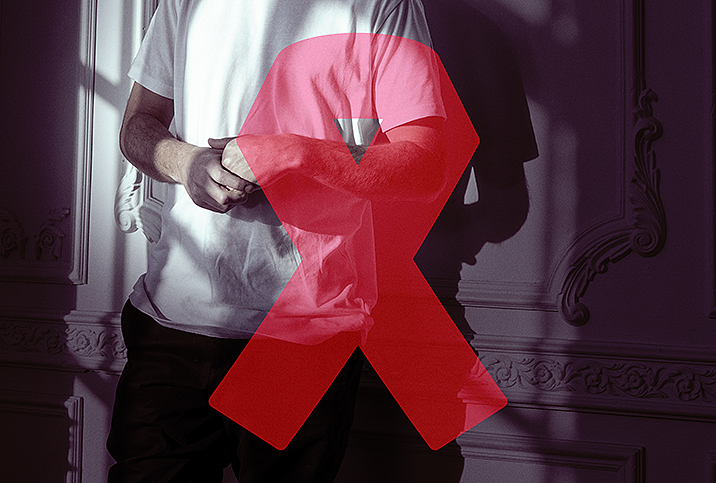What Everyone Should Know About AIDS/HIV

The AIDS epidemic began in 1981 and, 40 years later, there is still no cure. Confusion also still surrounds the connection between AIDS (acquired immunodeficiency syndrome) and HIV (human immunodeficiency virus), so let’s start with the simple facts:
- HIV is a virus that is transmitted through bodily fluids, such as semen and blood.
- AIDS is the syndrome that develops at the final stage of HIV.
- HIV develops into AIDS only if left untreated.
- Thanks to advances in medical treatment, most people who contract HIV will not have it develop into AIDS.
- A person with AIDS typically does not die from the virus itself, but rather from complications or superimposed illnesses.
Long story short, having HIV doesn’t necessarily mean that it will develop into AIDS, but if you have been diagnosed with HIV, you need the right medications and a good care strategy to fight it.
Who can get HIV & AIDS, and how?
In 2018, there were an estimated 36,400 new cases of HIV in the United States. While the annual infection rate has dropped by more than two-thirds since the mid-1980s, the decline has generally stalled in recent years.
The virus affects all genders, though not necessarily equally: women made up 19 percent of 2018’s new case estimates. Of all new HIV cases in 2018, more at risk were men who have sex with other men, a group that accounted for 69 percent of new HIV cases. Of the remaining 31 percent, heterosexuals accounted for 24 percent of new cases, and people who injected drugs comprised 7 percent.
HIV and AIDS are transmitted from one person to another through blood, semen and pre-seminal fluids (preejaculate), rectal and vaginal fluids, and breast milk. The most common modes of transmission are through vaginal or anal sex, or by injecting substances using unclean needles. Less common modes are through pregnancy, birth or breastfeeding, or an accidental stab from an HIV-contaminated needle. Even less common modes, but possible, are oral sex, deep kissing (if open cuts or sores are present) and being bitten by someone with HIV.
HIV symptoms and testing
HIV symptoms can come on gradually and may not even be present in the early stages of the virus. However, they usually surface a few days to several weeks after exposure. Take note if you experience fever, chills, sore throat, fatigue, rashes, mouth sores, night sweats, muscle aches and/or swollen lymph nodes.
Keep in mind that these symptoms could be caused by a completely different illness, even a common cold or flu. However, if you suspect that you have been exposed to HIV—even if you are not experiencing any symptoms—it is extremely important that you get tested.
You can either find an HIV testing location in your area or ask your healthcare professional to order an HIV test. You may also come across community-based programs that offer free testing for HIV. For complete anonymity, you might consider a trip to a pharmacy to purchase an at-home HIV test.
Everyday life with HIV
The Department of Health and Human Services warns that treatment should start as soon as possible after a person tests positive for HIV. Treatment is usually a combination of drugs known as antiretroviral therapy (ART) that must be taken daily, exactly as prescribed, in order to be effective.
After ART treatment, you will have your viral load checked periodically. As long as the load remains undetectable, you are not capable of transmitting the virus to another person. This means that you may continue intimate relationships, as long as treatment is maintained. Pre-exposure prophylaxis (PreP) and post-exposure prophylaxis (PEP) are available for an HIV-negative partner to take in an effort to prevent contracting the virus.
Overcome fear and persevere
Suspecting that you or your partner may have HIV or AIDS is a frightening prospect. On top of the medical issues, you may not want to face other people’s judgment about your sexual preferences, drug use or other aspects of your lifestyle. Overcome your fear and reach out to a healthcare professional as if your life depended on it.
Untreated, HIV is a potentially deadly disease, not only for you but also for previous and present sexual partners who may have been exposed. Early detection and treatment are key—for you and for them—and the only ways to successfully defeat the virus.
Prompt treatment is essential to suspend the progression of the virus so you can continue to live a satisfying life.


















